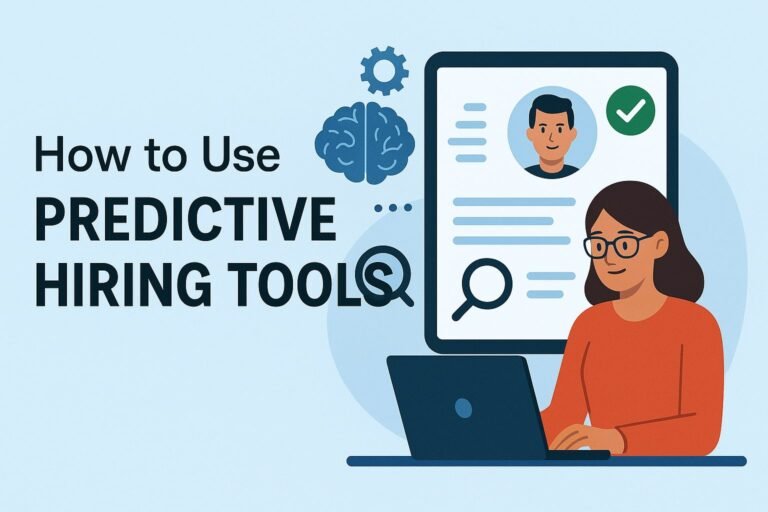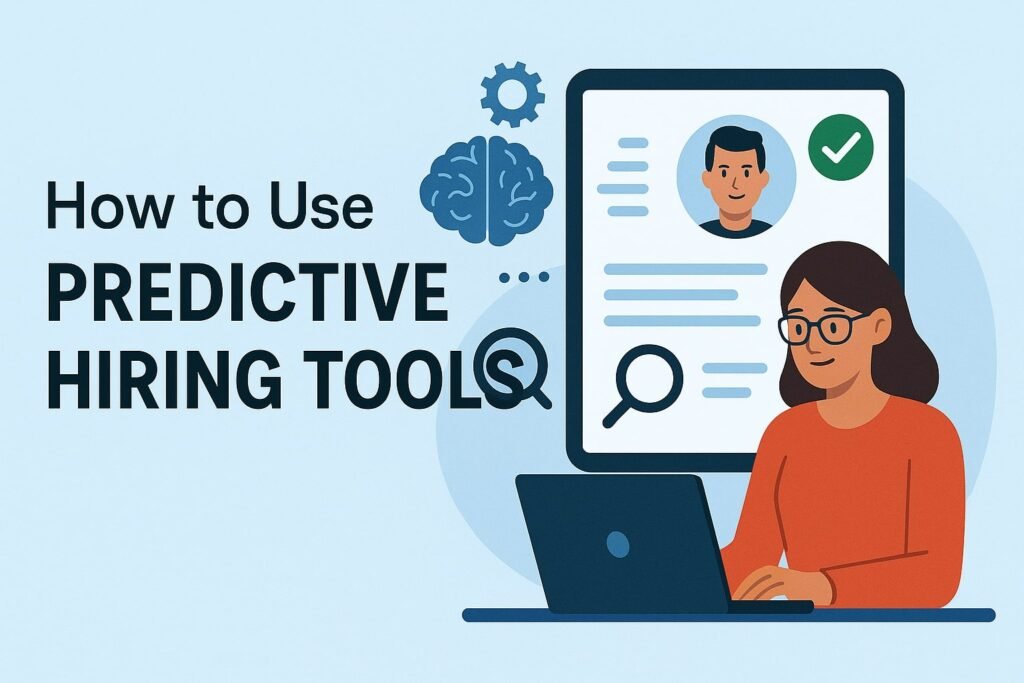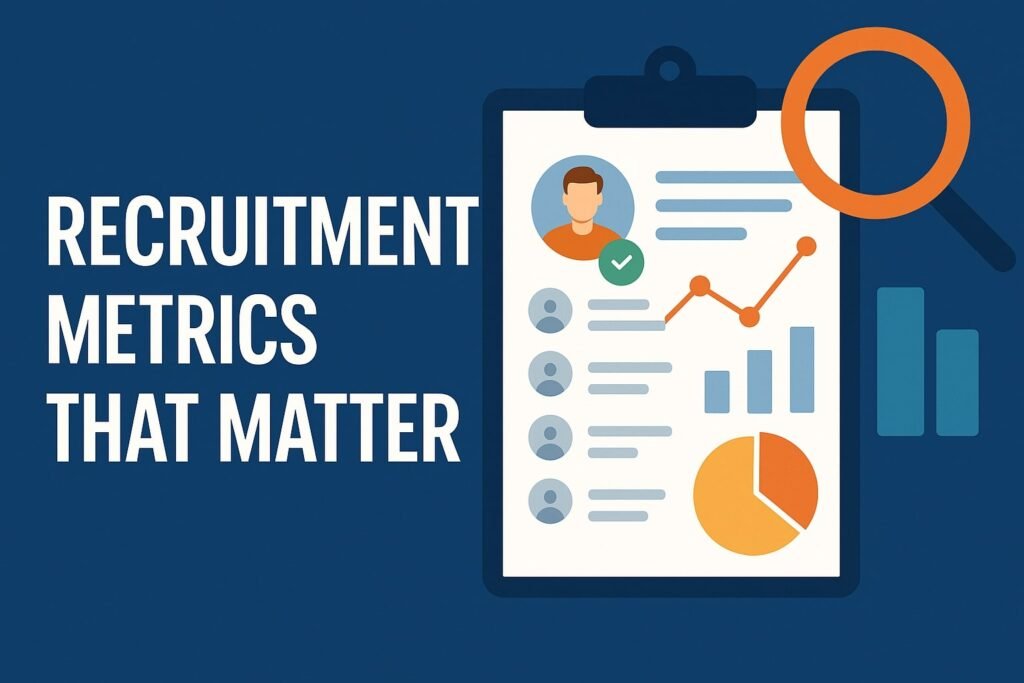How Talent Mapping Can Future-Proof Your Hiring Strategy
Introduction
In an unpredictable hiring market, many Indian employers are realizing that reactive recruitment is no longer enough. Talent mapping — the process of proactively identifying, analyzing, and nurturing talent pipelines for future needs — is emerging as a powerful strategy to build a sustainable, future-proof hiring plan. Here’s how talent mapping works and why it should be part of your recruitment playbook.
What is Talent Mapping?
Talent mapping goes beyond sourcing for immediate vacancies. It involves continuously researching, tracking, and engaging high-potential candidates for roles you might need in the future.
- Strategic and proactive
- Builds long-term relationships
- Reduces hiring lead times
- Supports succession planning
Why is Talent Mapping Important?
- Helps anticipate skill gaps
- Provides access to passive talent
- Enables faster, more confident hiring
- Reduces dependence on last-minute agency hiring
- Strengthens your employer brand through ongoing engagement
Key Elements of a Talent Mapping Strategy
1. Define Future Skills and Roles
Work with business leaders to identify which roles will be critical in the next 12–24 months. Consider evolving technologies, growth plans, and expected attrition.
2. Segment and Prioritize
Map out which roles are business-critical, niche, or high-volume so you can allocate your research and engagement resources strategically.
3. Research and Build Talent Pools
Research potential candidates on LinkedIn, job boards, professional associations, and events. Build talent pools segmented by skill, location, and experience level.
4. Engage Proactively
Start conversations with passive candidates even if you don’t have a live opening. Share insights, employer brand content, or invite them to talent communities to build relationships.
5. Track and Refresh
Candidate data becomes outdated fast. Refresh your talent maps regularly by validating contact information, skills, and interest levels.
Benefits of Talent Mapping
- Shortens time-to-hire
- Reduces recruitment costs
- Supports diversity and inclusion goals
- Builds a resilient hiring strategy for unpredictable markets
- Positions your organization as proactive and future-ready
Talent Mapping vs. Traditional Recruitment
While traditional recruitment is reactive — triggered by vacancies — talent mapping is proactive and continuous. This shift ensures you’re never starting from scratch, even for hard-to-fill or senior positions.
How Valorega TalentEdge Can Help
At Valorega TalentEdge, we specialize in building customized talent mapping solutions for Indian enterprises. From identifying future skills to nurturing passive candidates, we help you develop a robust, future-proof hiring pipeline.






